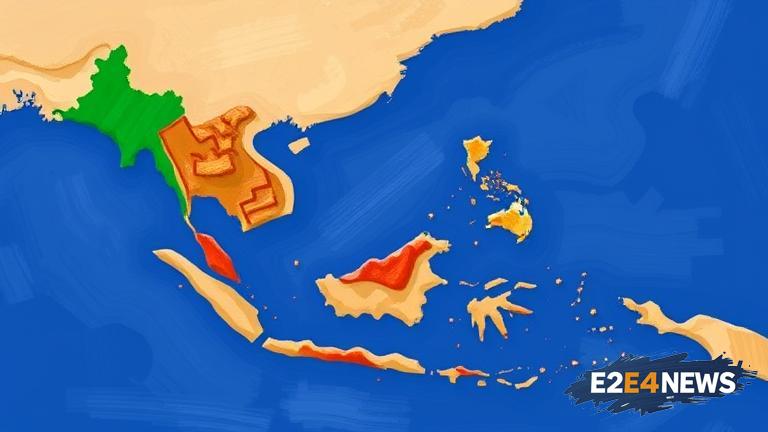The Association of Southeast Asian Nations (ASEAN) has recently convened to discuss and reinforce its economic strategies, aiming to bolster regional growth and cooperation. With a combined population of over 650 million people, ASEAN is a significant economic powerhouse, and its member states are eager to capitalize on their collective strengths. The meeting brought together high-ranking officials from the 10 member nations, including Brunei, Cambodia, Indonesia, Laos, Malaysia, Myanmar, the Philippines, Singapore, Thailand, and Vietnam. The primary objective of the gathering was to enhance regional economic integration, with a focus on promoting trade, investment, and innovation. ASEAN leaders acknowledged the importance of fostering a more connected and competitive region, where businesses can thrive and citizens can enjoy improved living standards. To achieve this goal, the member states agreed to implement various initiatives, such as simplifying customs procedures, reducing trade barriers, and enhancing the region’s digital infrastructure. Furthermore, ASEAN nations pledged to strengthen their cooperation in areas like tourism, agriculture, and energy, recognizing the vast potential for mutual benefit. The meeting also highlighted the need for ASEAN to play a more prominent role in global affairs, leveraging its collective influence to shape international trade policies and address pressing issues like climate change. In addition, the member states reaffirmed their commitment to the ASEAN Economic Community (AEC) blueprint, which aims to create a single market and production base, with a highly competitive economy and a high standard of living. The AEC blueprint is built around four core pillars: single market and production base, competitive economic region, equitable economic development, and integration into the global economy. ASEAN leaders also emphasized the importance of promoting small and medium-sized enterprises (SMEs), which are the backbone of the region’s economy, providing employment opportunities and driving innovation. To support SMEs, the member states agreed to enhance access to finance, technology, and markets, as well as provide training and capacity-building programs. The meeting also touched on the issue of human capital development, with ASEAN leaders recognizing the need to invest in education and skills training to equip the region’s workforce with the skills required to compete in the digital age. In terms of regional security, the member states reaffirmed their commitment to maintaining peace, stability, and prosperity in the region, and to addressing non-traditional security threats like terrorism, cybercrime, and pandemics. The meeting concluded with a renewed sense of purpose and cooperation among ASEAN nations, as they work together to build a more prosperous, competitive, and integrated region. With its rich natural resources, diverse cultures, and strategic location, ASEAN is poised to play an increasingly important role in global affairs, and its member states are committed to realizing the region’s full potential. The outcomes of the meeting are expected to have a positive impact on the region’s economy, with increased trade, investment, and cooperation among member states. As ASEAN continues to evolve and grow, it is likely to face new challenges and opportunities, and its member states must remain vigilant and adaptable to ensure the region’s continued success. In the coming years, ASEAN is expected to play a key role in shaping the regional and global economic landscape, and its member states are committed to working together to achieve their shared goals. The meeting marked an important milestone in ASEAN’s journey towards greater economic integration and cooperation, and its outcomes are expected to have far-reaching implications for the region and beyond.
